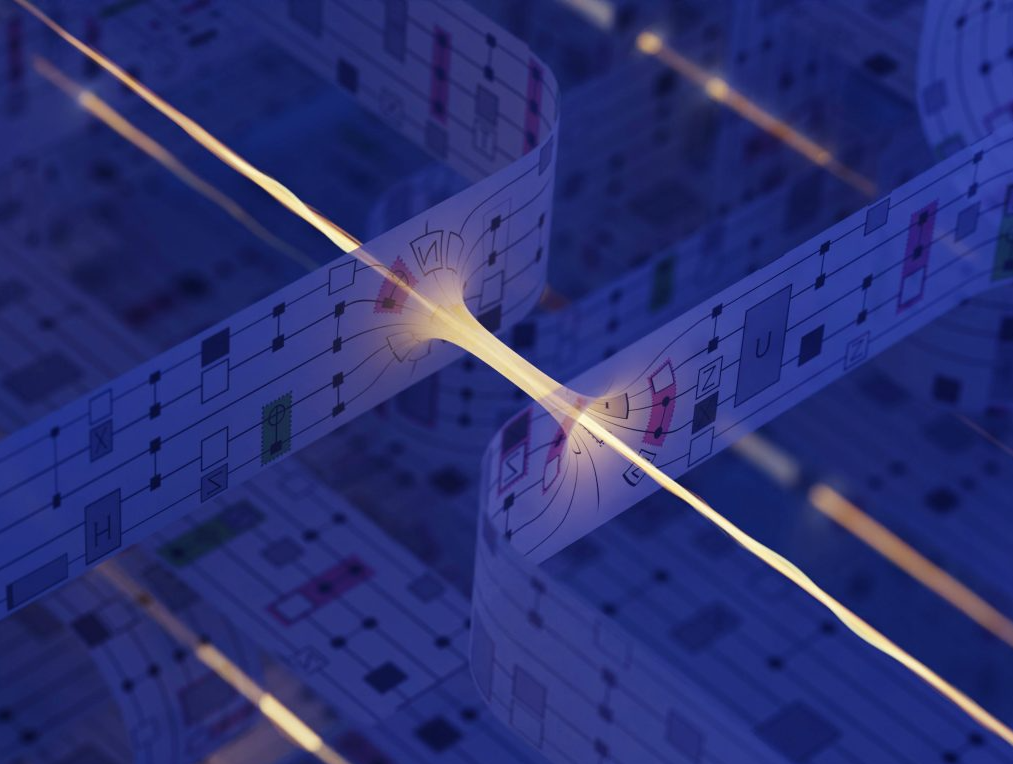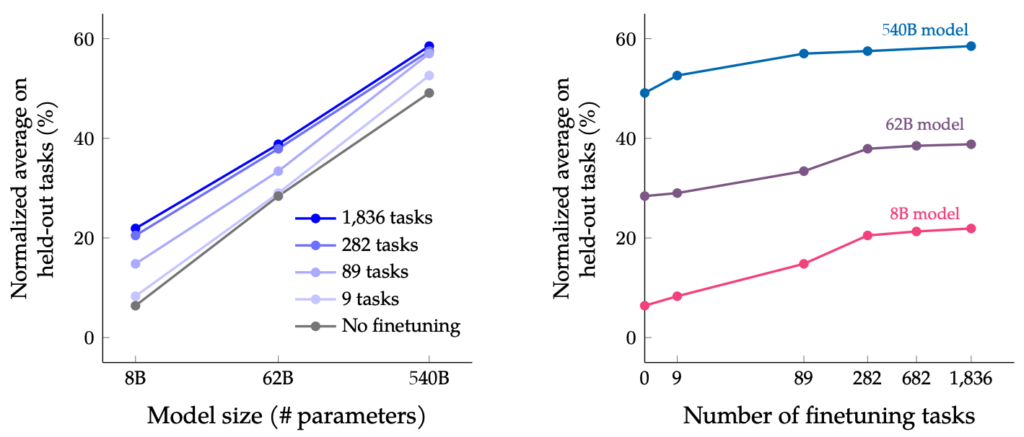

Researchers from Google AI, Caltech, Harvard, MIT, and Fermilab simulated a quantum theory on the Google Sycamore quantum processor to probe the dynamics of a quantum system equivalent to a wormhole in a gravity model.
The quantum experiment is based on the ER=EPR conjecture that states that wormholes are equivalent to quantum entanglement. ER stands for Einstein and Rosen who proposed the concept of wormholes (a term coined by Wheeler and Misner in a 1957 paper) in 1935, EPR stands for Einstein, Podolsky, and Rosen who proposed the concept of entanglement in May 1935, one month before the ER paper (see historical context). These concepts were completely unrelated until Susskind and Maldacena conjectured in 2013 that any pair of entangled quantum systems are connected by an Einstein-Rosen bridge (= non-traversable wormhole). In 2017 Jafferis, Gao, and Wall extended the ER=EPR idea to traversable wormholes. They showed that a traversable wormhole is equivalent to quantum teleportation [1][2].
The endeavor was published on Nov 30, 2022 in a Nature article. There is also a nice video on youtube explaining the experiment. Tim Andersen discusses in an interesting article whether or not a wormhole was created in the lab.













